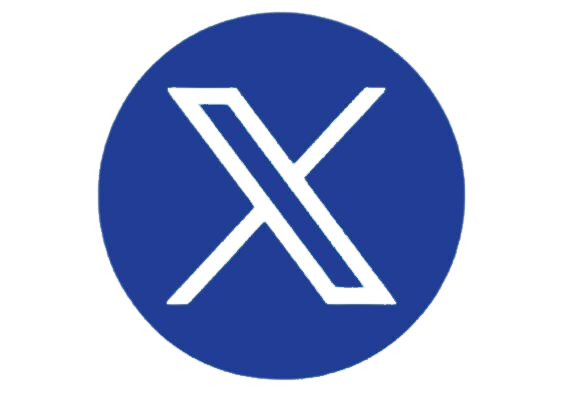Check out Keypoint Intelligence’s Artificial Intelligence Services!
As artificial intelligence (AI) becomes more embedded in production print—through workflow tools, content personalization, or predictive maintenance—the EU AI Act introduces new obligations and opportunities. Here’s what print service providers (PSPs) need to know.
Know Your AI Risk Level
The Act classifies AI systems as having “unacceptable”, “high”, “limited”, or “minimal” risk. While most print applications are low risk, AI tools used for customer data validation or compliance materials (especially in regulated sectors like healthcare or finance) could fall under “high risk.” This triggers requirements like risk assessments, usage logs, and tool registration.
Transparency Is Mandatory
Organizations must disclose AI use in content generation, personalization, or classification. In print, this covers AI-powered web-to-print portals, quoting engines, or layout tools. Clients must know when AI is influencing outputs or decisions, especially in proofs or automated campaigns.
Compliance Is a Competitive Advantage
High-risk systems must follow strict governance: data controls, human oversight, and possible third-party assessments. Fines for non-compliance are steep, but proactive alignment can build trust with clients in regulated markets and differentiate providers during requests for proposals (RFPs).
Why You Need to Know This
AI is helping PSPs optimize production and enhance service but, with the EU AI Act, responsible usage is now critical. Businesses that align with these standards—emphasizing transparency, ethics, and safety—can turn compliance into a strategic edge.
Don’t be left behind. Act on AI today.
Stay ahead in the ever-evolving print industry by browsing our Industry Reports page for the latest insights. Log in to the InfoCenter to view research and studies on artificial intelligence through our Workplace CompleteView Advisory Service. Not a subscriber? Contact us for more information.
Keep Reading
3 Key Highlights from the EU AI Act









